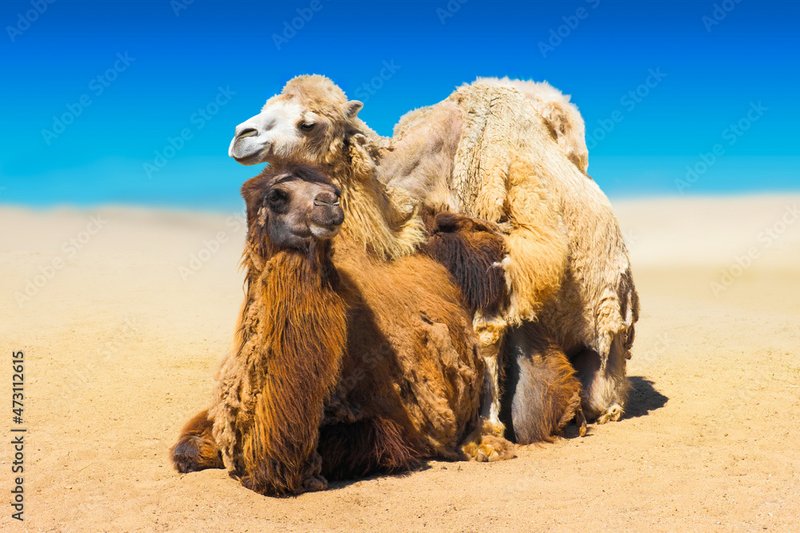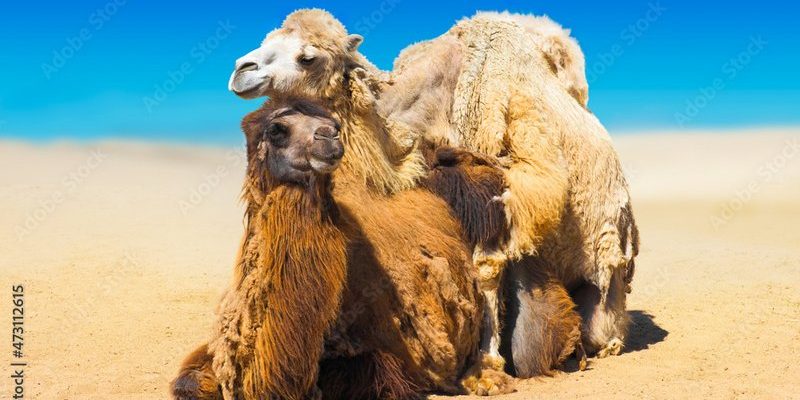
You might be wondering why anyone would want to breed camels. Well, there’s a growing interest in camel farming due to their milk, meat, and ability to adapt to harsh climates. Understanding the ins and outs of camel breeding can help farmers improve their herds, ensure healthier animals, and potentially boost income. It’s a journey that starts with mating and leads to caring for baby camels, or calves, in their early days. So, grab your favorite drink, and let’s break down this intriguing topic.
The Camel Breeding Cycle
When it comes to camel breeding, the first step is understanding their reproductive cycle. Female camels, or cows, typically reach maturity around 3 to 4 years of age. They have a unique estrous cycle that lasts about 21 days, during which they can conceive. Here’s the thing—if mating doesn’t occur during this period, the female may not come into heat again for several weeks.
Males, or bulls, are often ready to mate by the age of 4 to 5 years. They can be quite aggressive during the breeding season, using their vocalizations and body language to attract females. Farmers usually pay close attention to this behavior, as it indicates when a cow is ready for mating.
Once a cow conceives, she enters the gestation phase, which is fascinating in its own right. Camel gestation lasts around 13 to 14 months. Yes, you read that right! That’s quite a long time, especially compared to other livestock. This extended period allows the developing calf to grow strong enough to survive in the harsh environments once they’re born.
Gestation Period: What to Expect
During the gestation period, it’s crucial to monitor the health of the pregnant cow. Proper nutrition plays a big role here. A well-balanced diet that includes hay, grains, and fresh water is essential to ensure both the mother and calf stay healthy. You might be wondering why nutrition is so important. Well, a well-fed camel is more likely to have a strong calf with a better chance of thriving after birth.
In addition to nutrition, stress management is key. Pregnant camels can be sensitive to changes in their environment. Keeping them in a calm and familiar setting can help them feel secure. Maintaining a comfortable temperature and protecting them from harsh weather is also vital.
As the due date approaches, you may notice physical changes in the cow. Her belly will grow larger, and you might see her teats start to swell, indicating that milk is being produced for the upcoming calf. During the last few weeks of gestation, a pregnant camel may become more reclusive. It’s not uncommon for her to seek a quiet place away from the herd.
Birth: Welcoming the Calf
When the big day arrives, things can get pretty exciting! A laboring camel typically finds a secluded spot to give birth. This is a natural instinct that ensures the calf is born in a safe environment. If you’re a farmer, it’s wise to monitor the cow closely during this time, as complications can arise.
Labor usually lasts between a few hours to a full day. When you see the calf’s front feet appearing, that’s a good sign—birth is just around the corner! As soon as the calf is born, it’s crucial to make sure it stands and nurses within the first few hours. Camel calves are surprisingly strong and can often stand up within 30 minutes of birth.
The bonding between the mother and calf is incredibly important. The calf learns to recognize its mother’s scent and sound, which helps it feel secure. However, don’t be alarmed if the mother takes a moment to clean her calf. This behavior is normal and helps stimulate the calf’s circulation.
Calf Care: Nurturing the New Arrival
Once the calf is born, the real work begins. Newborn camels need special care to ensure they grow up healthy and strong. Here’s a quick checklist for calf care:
- Nursing: Ensure the calf nurses from its mother within the first few hours. Camel milk is rich in nutrients and essential for the calf’s development.
- Monitoring: Keep an eye on the calf’s health. Look for signs of dehydration, lethargy, or any unusual behavior. If something seems off, consult a veterinarian.
- Vaccinations: As the calf grows, it will need vaccinations to protect against common diseases. Work with your vet to create a vaccination schedule.
- Socialization: Encourage interaction with other calves and gentle adult camels. This socialization helps them develop social skills and reduces stress.
Caring for a camel calf involves more than just feeding. They need to be gently introduced to their environment, ensuring they feel safe. Create a calm space for them, free from loud noises or aggressive animals.
Feeding and Nutrition for Young Camels
As the calf matures, its nutritional needs will change. Initially, it will rely on its mother’s milk for the first few months. After that, you’ll want to gradually introduce solid food. Young camels can be introduced to grains, hay, and fresh vegetables around three months old.
Here’s a quick breakdown of their dietary needs as they grow:
- 0-3 months: Exclusively mother’s milk.
- 3-6 months: Gradual introduction of solids, with 50% of their diet still coming from milk.
- 6-12 months: Increase solid food intake, aiming for a balanced diet that includes hay, grains, and some fresh produce.
You might be surprised to learn that camels can be picky eaters! If you notice your calf being hesitant to try new foods, be patient and persistent. Offering the same foods in different ways can help spark their interest.
Common Challenges in Camel Calf Care
Caring for camel calves comes with its own set of challenges. One common issue is dehydration, especially in hot climates. Make sure your calves have access to clean, fresh water at all times. You might consider providing shaded areas where they can escape the heat.
Another challenge can be illness. Young camels can be susceptible to infections, so keeping a clean environment is essential. Regularly clean their living area and ensure they have good ventilation.
Lastly, it’s important to remember that young camels can be a bit rambunctious. They’re full of energy and curiosity, which sometimes leads to accidental injuries. Supervise playtime with other animals and ensure their environment is safe.
Breeding camels can be a rewarding endeavor, filled with unique challenges and joys. From understanding their gestation to welcoming new calves into the world, every step is crucial. Taking the time to care for these remarkable animals not only benefits farmers but also helps preserve an age-old tradition.
Whether you’re a seasoned farmer or just curious about camel breeding, remember that patience and knowledge are key. With the right care, you’ll watch those adorable calves grow into strong adults, ready to thrive in their environments. So go ahead, embrace the beautiful journey of camel breeding—you won’t regret it!

